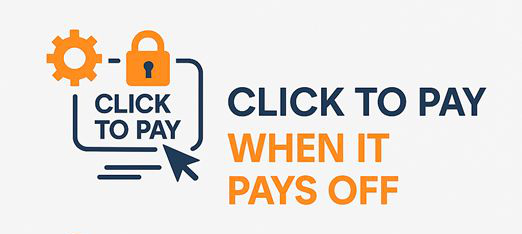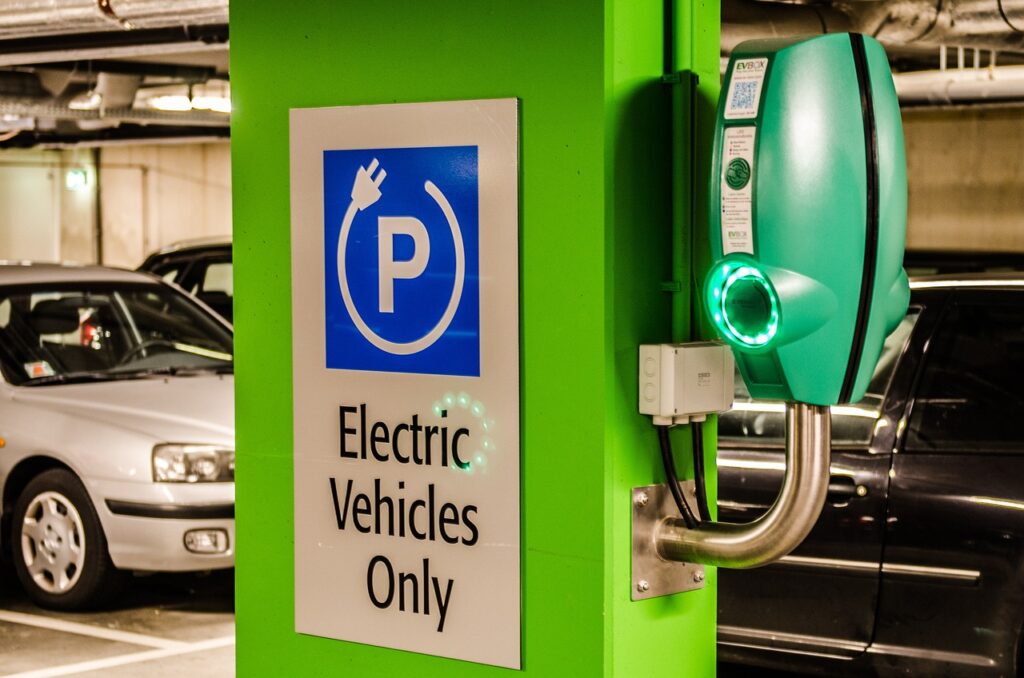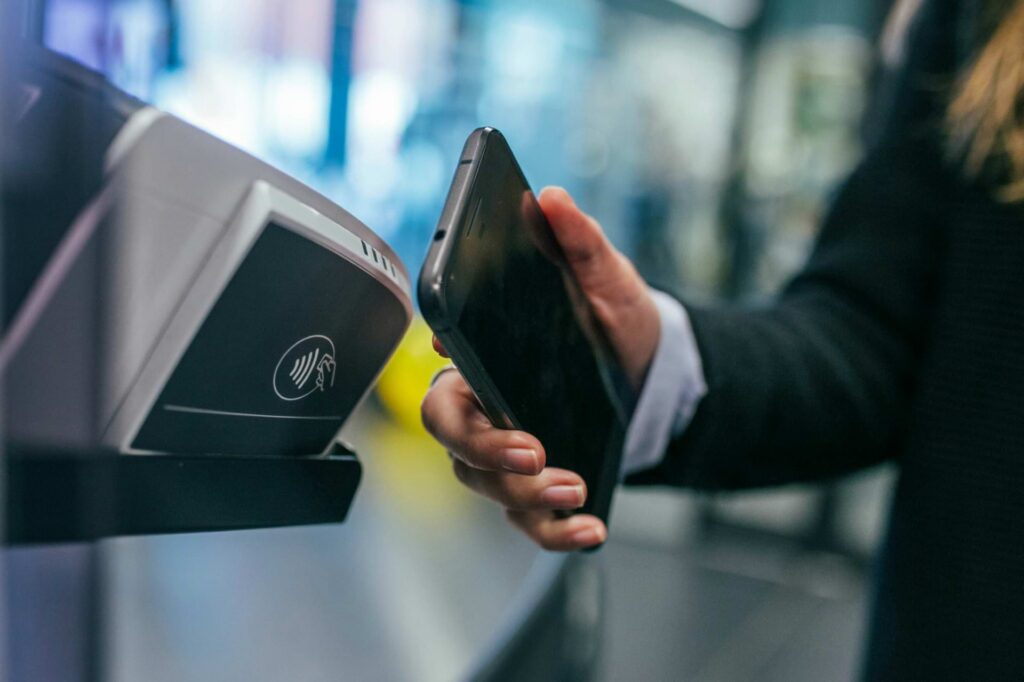Click to Pay is designed to make checkout faster and more secure. On paper, it promises reduced friction, fewer abandoned carts, and higher conversion. But in practice, real-world implementations often reveal a different story.
The reality behind the promise
From my experience guiding PSPs and merchants through Click to Pay rollouts, I have seen that the value is real, but only when it is implemented with clear strategic intent. It is never just a matter of turning it on. Success depends on aligning all players in the value chain and coordinating business, IT, and marketing from the start.
More than meets the eye
At first glance, Click to Pay appears to be a small UI element. But that one button brings with it a range of technical and organizational challenges. Aligning PSP, merchant, and scheme requirements takes more time than expected. Designing the user experience requires tough trade-offs between speed, branding, trust, and compliance. Every detail can affect conversion and customer confidence. The level of readiness also varies widely between schemes and issuers, creating an additional layer of complexity.
The adoption challenge
The biggest challenge, however, is often customer adoption. Even when the implementation is technically sound, the value falls flat if users do not recognize or trust the option. We have seen cases where Click to Pay is buried too deep in the flow, introduced without explanation, or simply treated as another button among several others. In those cases, customers tend to ignore it. Adoption needs more than enablement. It requires visibility, timing, and user understanding.
Testing technical complexity
Behind the scenes, the technical picture is just as complex. Click to Pay depends on solid tokenization and lifecycle management. It must handle card replacements, expirations, re-authentication events, and integration with risk and authentication logic such as SCA and device recognition. Scheme compliance adds another layer. Each network, Visa, Mastercard, Amex, has its own certification process, frontend nuances, and requirements based on EMV Secure Remote Commerce. All of this needs to be tested across browsers and user journeys,
which often adds significant QA effort.
So does it pay off? Where Click to Pay delivers real value
That is the question I often hear from PSPs and merchants. The answer is: it depends. Click to Pay is not right for every checkout flow. But in the right use cases, it can absolutely deliver.
We have seen clear value in guest-heavy flows, where first-time users want to check out quickly without creating an account. It also helps in mobile-first journeys, where speed and simplicity are essential. In security-conscious sectors such as finance, insurance, and health, the added protection of tokenization and strong authentication builds trust. In cross-border or multi-card markets, Click to Pay offers consistent user experience and simplifies compliance
and scheme alignment.
Keys to success
That said, success depends on smart implementation. Customers must recognize and trust the option. UX and button placement must be tested and optimized. Merchants should track actual impact on conversion and not just clicks. Most importantly, Click to Pay should complement existing high-performing payment methods, not replace them.
Click to Pay is not a silver bullet. But when launched in the right places with the right focus, it can become a powerful part of a broader checkout strategy.
Curious where Click to Pay could make a difference in your checkout? Reach out to us now.










